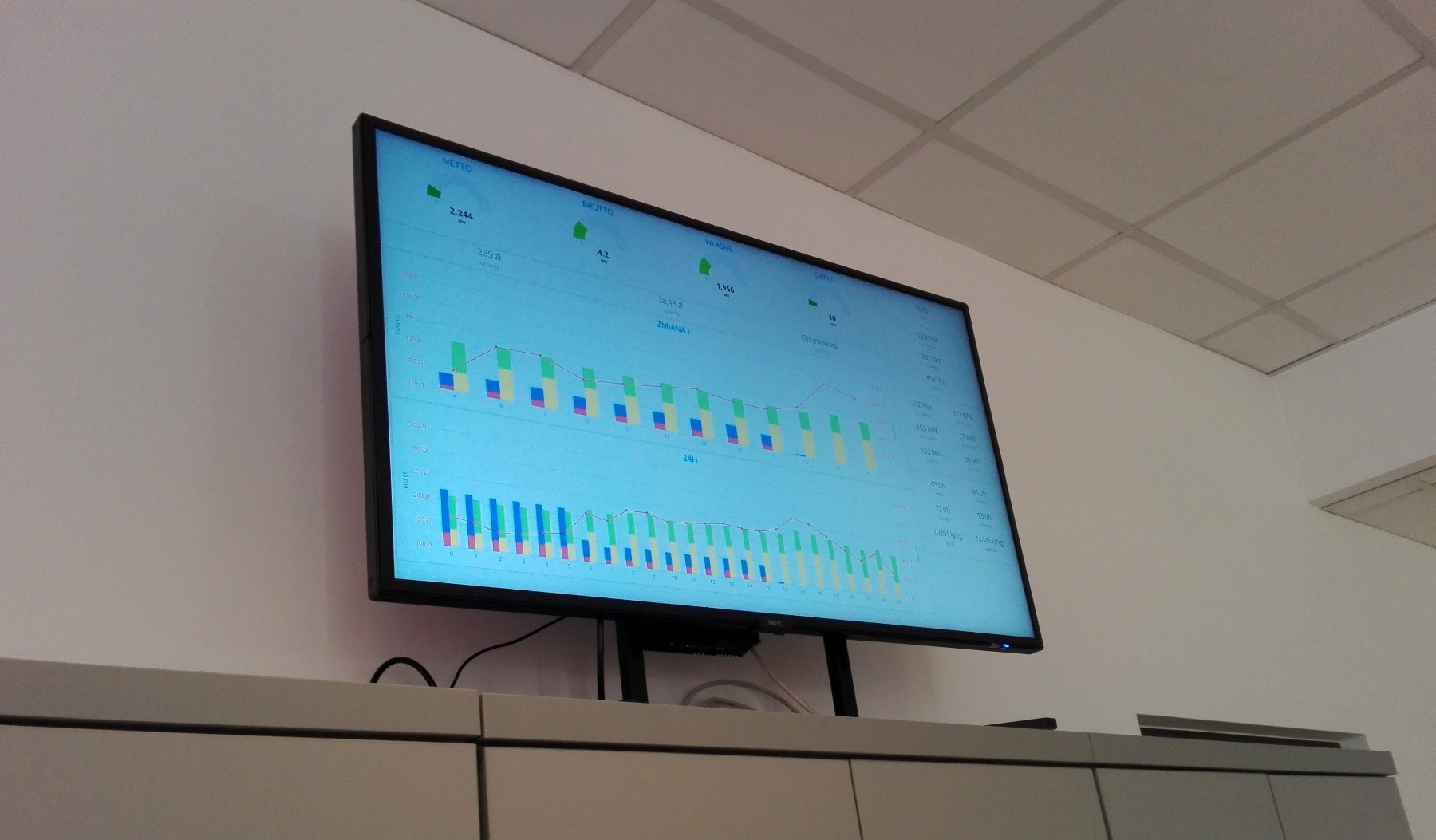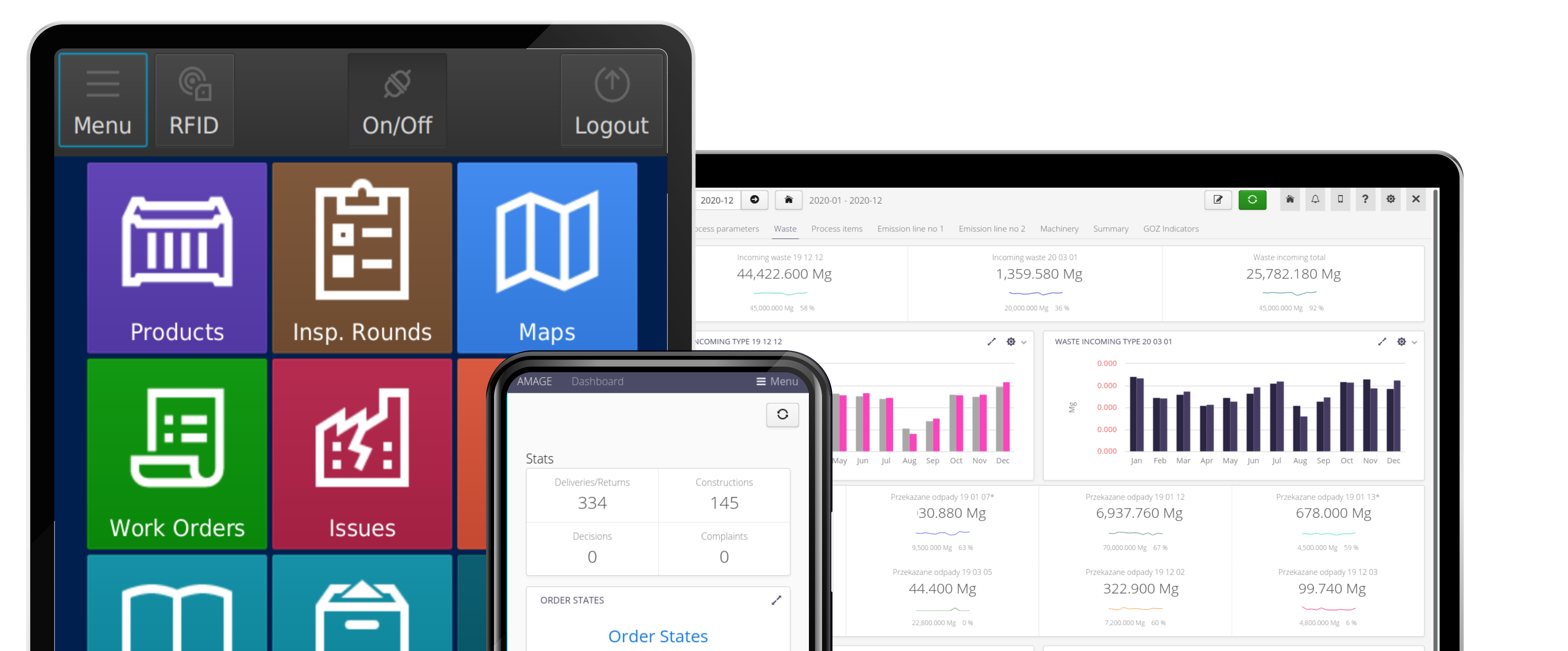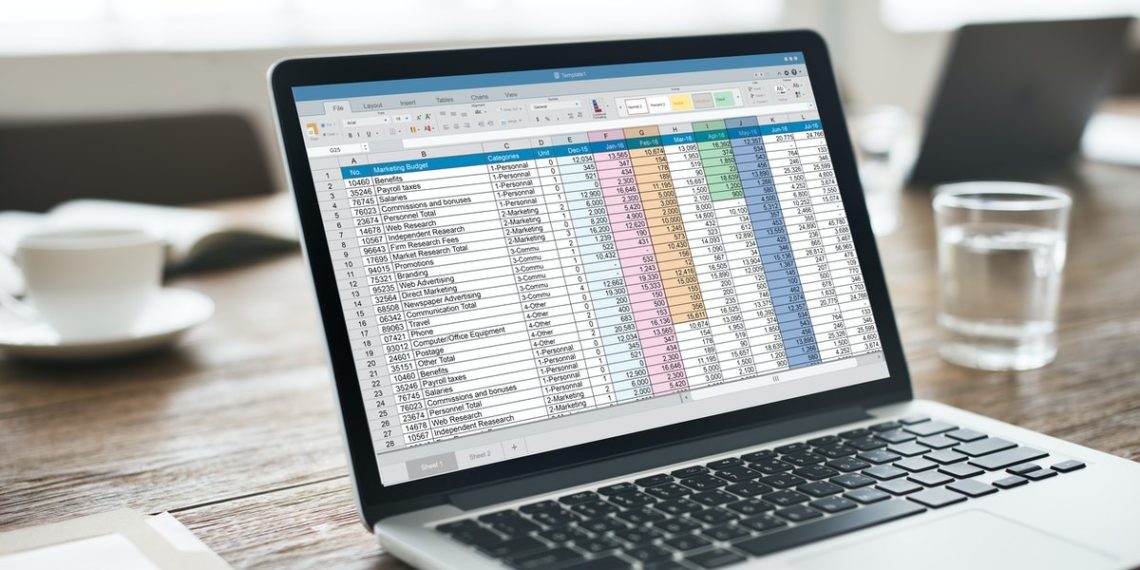Is Excel the Top Tool for Managing Resources in an Industrial Plant?
Is Excel the Top Tool for Managing Resources in an Industrial Plant?
Introduction
In AMAGE Systems, we focus on the area of resource management in the industry. Whether it is a plant, machinery, built-in components, process elements, or data emerging from their management, people responsible for the plant always require full control of the operation process. The operation of a plant must be uninterrupted and cost as little as possible - whether looking at direct costs or costs resulting from the time of employees and subcontractors.
Why Excel?
If we look at the activities of manufacturing plants, very often companies have their own ERP system. It allows you to efficiently control the financial aspects of the company. It can also have additional modules responsible for maintenance management - but usually, it looks like maintenance in this system is to provide data to the financial part. As a result, the functions are focused on the finances (settlements, reports, costs) and not on the operational aspect of the maintenance teams. Additionally, as we have seen many times, these modules and access to them are limited - usually because of the cost aspect - not to mention flawed mobile and offline access. The management is in charge of the modules, which leaves data input and updates on their shoulders. What is the outcome? Managers get information from employees in the form of documents, printouts, forms, or the well-known Excel sheets and deal with entering this data into the ERP system.
What Is Excel Used For?
Whether it is a construction site or a manufacturing plant, in each of these places - we won't reinvent the wheel - a spreadsheet is on the crest of the wave. Microsoft(R) Excel(TM) or something else (rarely), practically in every such place there appears such a tool, hundreds of columns, often hundreds of such files counting or showing something. That is because frequently, the employees in the plant have to manage the maintenance tasks assigned to them. ERP systems focus on accounting data, finances - including hard cash - and all resource management elements are just an extension of the main business goal. This results in excellent work concerning the financial management but is not very helpful to the front-line employees fighting to be in complete control. Therefore, a spreadsheet works as a database, something like a converter and calculator.
What Is It Used for in an Industrial Plant?
Additionally, a myriad of extra Excel worksheets is created to provide another resource for the employees and the management. From equipment and maintenance schedule worksheets to service event worksheets and reliability analysis. All of those have a separate worksheet. Employees enter data, and everything looks positive - by the time. This solution also has its drawbacks. The most crucial one is data retention - the sheet works fine, but with time - let's say after a year - it becomes unreadable, and the data takes a long time to process. Historical records (who entered what and when) are missing. If many people work on one document, there are problems with multi-user access and potential data corruption. Lastly, the number of such sheets grows exponentially, which after some time causes problems with consistency.

Alternative
Can It Be Done Differently, and Why AMAGE?
Usually, in fact always, during AMAGE implementations, we encounter worksheets that we import into the system. That is how we transfer the plant's "knowledge" from stored sheets. Sometimes no longer used, but containing an important catalog or historical information. We remove those sheets in favor of a solution that replaces them and provides several functions facilitating their management. Commonly, the spreadsheets' management and updates are done by one person. Someone (area coordinator, UR manager) responsible not only for creating structures and data but also for periodic (daily, weekly) updates from multiple sources and different people. During an era of increasing digitalization and awareness of nearly every employee concerning daily used technology (phones, tablets), such an approach is - to say the least - inefficient.

Strengths of the New Solution - Organizational, Financial, and Technical
The AMAGE system places great emphasis on the distribution of data input. It is no longer just the manager/coordinator but the entire operational plant personnel to provide the data. That allows for quicker updates, distribution, and usage. It also allows for easier coordination of work and visualization of possible problems. Integration with other systems (ERP, DCS, domain systems, e.g., weighing systems, chemical measurements) significantly improves the work.
By enabling work in the system by the usage of phones, tablets, Internet kiosks, but also devices working in offline mode (without access to the network) such as mobile terminals (handheld) and rugged tablets of various sizes, we increase access to information and the source of their formation. In this case, the basic sheet barrier disappears - only one person edits and enters data after returning to the office. Here we work on the fly and continuously enter and use data.
The possibility of automating the process is also crucial in this case. To data entered on an ongoing basis, the system can automate many activities - transferring information, creating related tasks and activities, or notifying, e.g., about possible shortages in the warehouse. All that significantly eliminates the problems with worksheets - only constant monitoring can bring results. Introducing responsibility for individual areas of data and spreading input among people with specialist knowledge allows for efficient management of production information input, effective analysis, and comparison with the production plan.
One of the many advantages of the AMAGE system and this approach is also the ability to involve people from outside the organization. The process of annual reviews, inspection works, and repairs can be delegated to the external subcontractors who also enter data during work. That, with the current trend of distancing employees from third parties, also facilitates such work organization. All of that in a coherent system that not only does away with the mass of Excel sheets in the plant but also gives power to the employees.
Advantages:
- Just like Excel but better 🙂
- No problems of data corruption, multi-user access, wrong data entry
- Data is entered by many users - even those who have not entered data into the system before
- Full history and access to data in every place
- Definable mechanisms of information flow. Many functional modules operate on the data (service events, rounds, control works, inspections)
Solution Demonstration, Implementation, and Purchase

